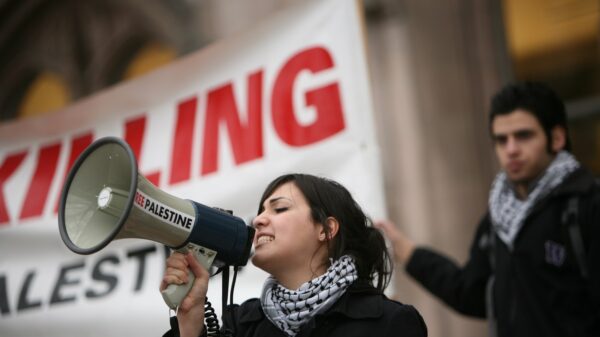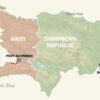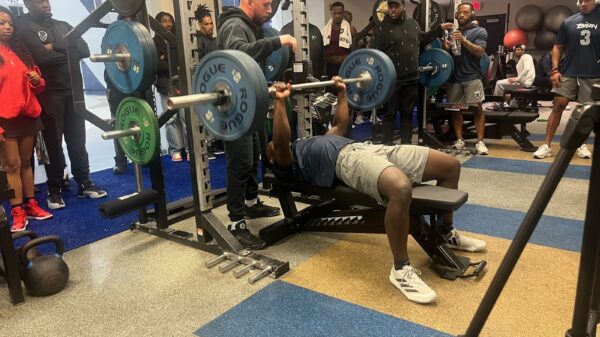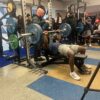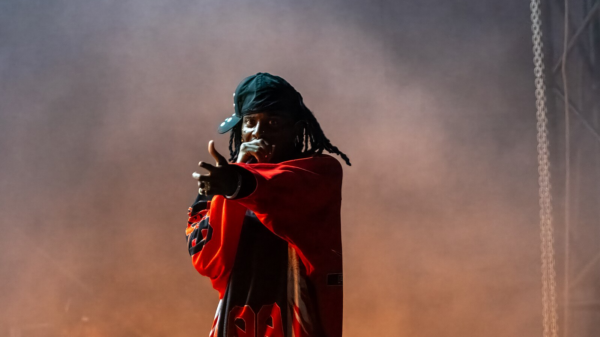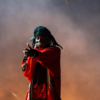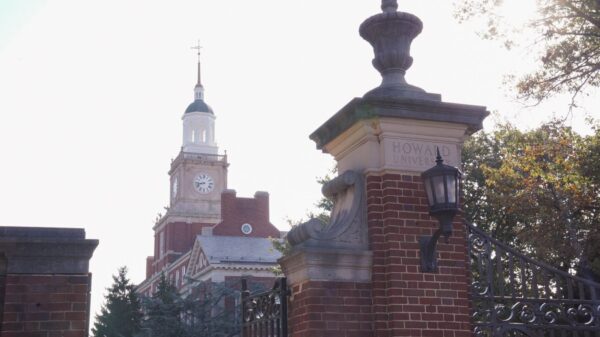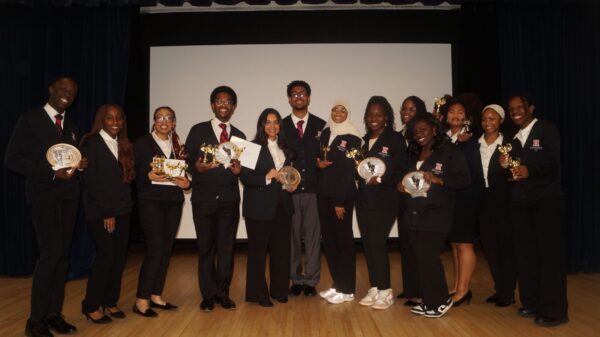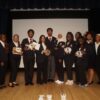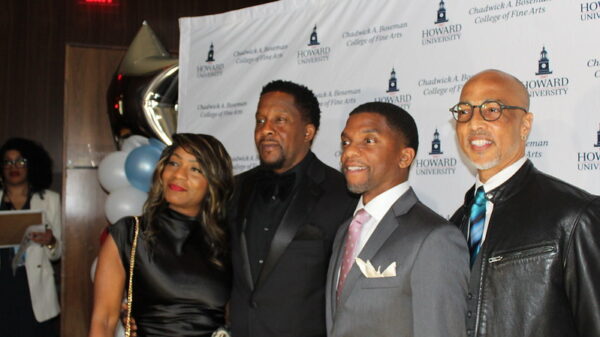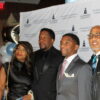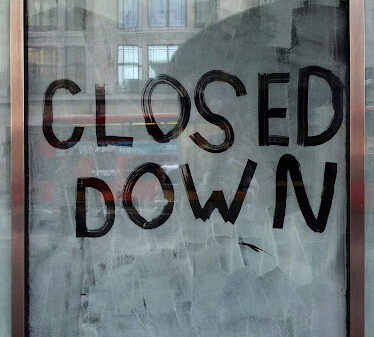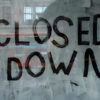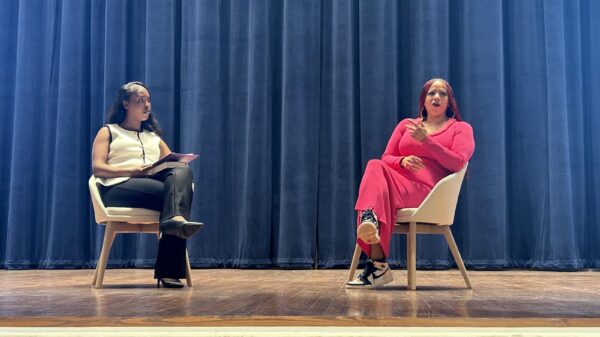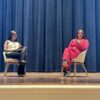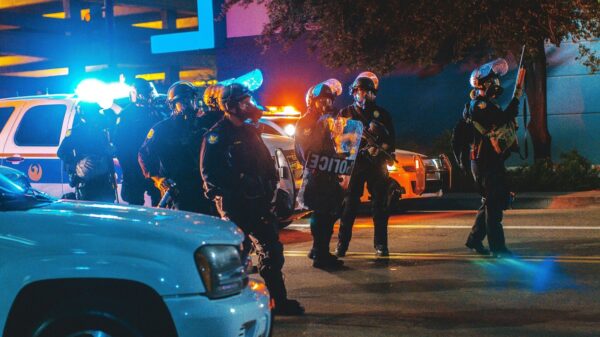The annual Springfest fashion show took center stage in Cramton auditorium where they displayed this year’s theme, “The Golden Age: The Cultural Revival,” in honor of the Harlem Renaissance. The show included live performances from student dancers, upbeat jazz music and fashion looks that emulated the “Golden Age” in Black history.
Writer and poet Langston Hughes described the Harlem Renaissance as a time in history that was, for B people, all about the “expression of our individual dark-skinned selves,” which was highlighted with the duality of the economic conditions for Black people in the 1920s and 30s. Emerging from slavery in the South and migrating to the North, this era changed the self-expression of Black Americans around the nation.
Some models were dressed in working clothes with tools to represent the working class laborers, while other models were drowned in sequins, pearls and feather that illuminated the emergence of Black luxury during the time period.
The stage was set with a grand piano, old school jukeboxes and a light bulb sign reading “The Golden Age.” Surrounding the sign, two large winding staircases helped showcase what a jazz club would look like in Harlem at the time.
Men were dressed in crisp suits and women wore sequin ball gowns, accompanied by layers of pearls and diamonds. The fashion show’s stylists didn’t shy away from incorporating dreadlocks, box braids and hoop earrings into luxury to show authenticity in high fashion spaces.
Bray Pridgen, a sophomore television and film major and fashion show model, said the show resurrected the idea of “working with what we have instead of trying to fit into someone else’s idea.”
The stunning dancers and models energized the crowd while taking their breath away. The crowd felt just like those who lived in that time. It was as if they were able to take a breath of fresh air from the civil and political struggle they faced outside of the jazz club.
The fashion show also told the story of the influence of the Harlem Renaissance era through “ballroom.” During this time, the LGBTQ community was marginalized and not allowed to enjoy the new freedom others enjoyed. This led to the underground subculture of ballroom in Harlem, New York. Here, people who were shut out from the rest of society had a place to congregate and be authentically themselves through fashion and performance without judgment. The fashion show displayed themes of the ballroom era by incorporating voguing into their dance performances. Dancers in piercing high heel boots performed a popular ballroom dance trend called “vogue” from Madonna’s hit single that took the world by storm. Shows like “Pose” and “Burning in Paris” showcase accurate depictions of the influence the ballroom community had in New York.
The fashion show told a story of celebration about escaping racism after WWI and expressed this with the glamorous outfit choices. After WWI and escaping the racism of the south, those men and women could finally cheer to a better life.
Copy edited Jadyn Barnett




